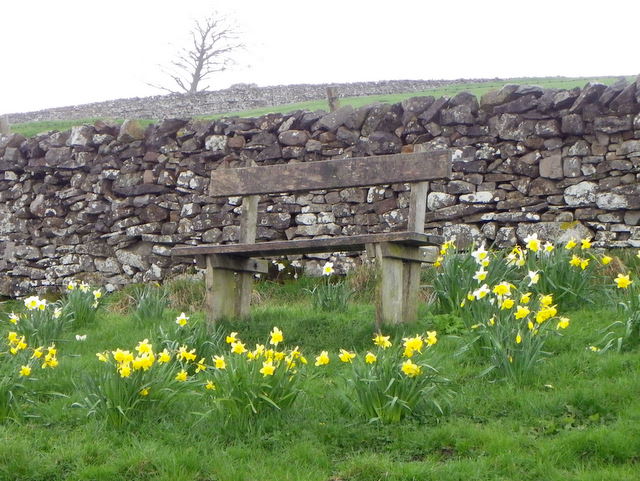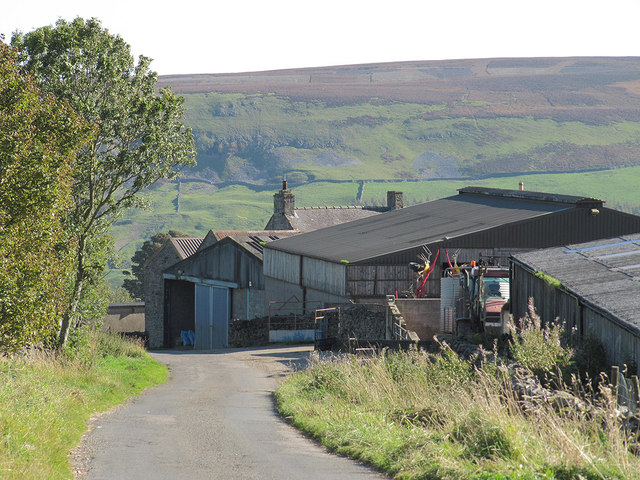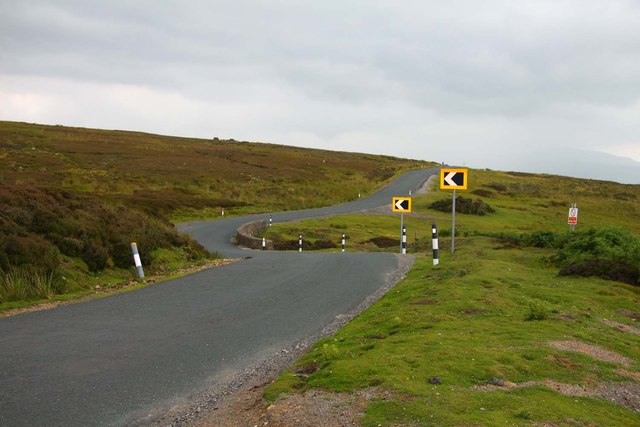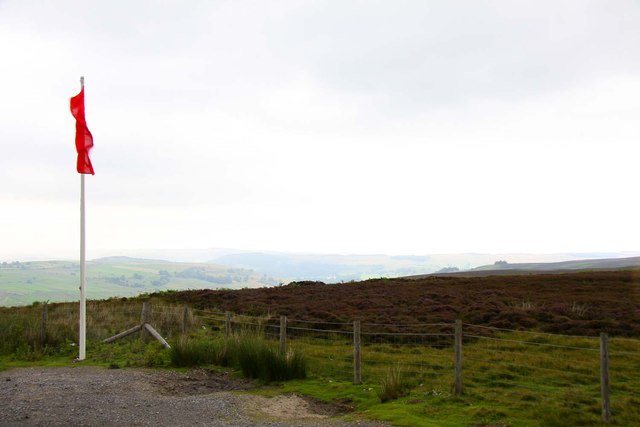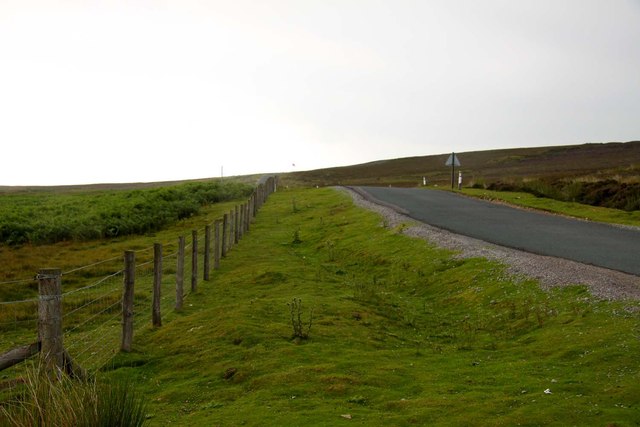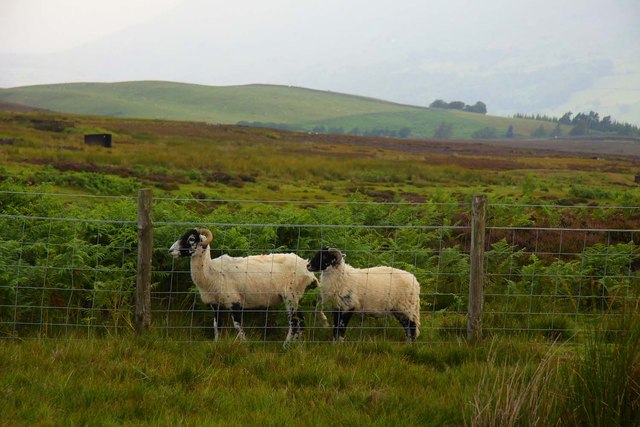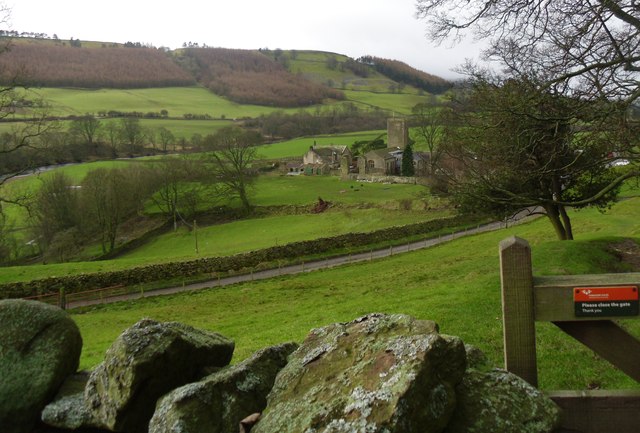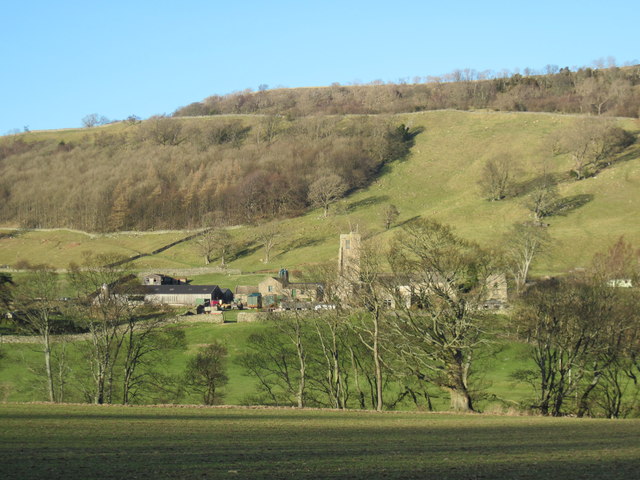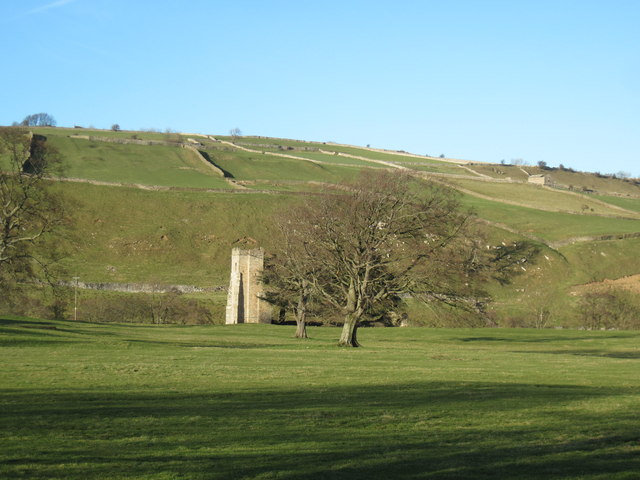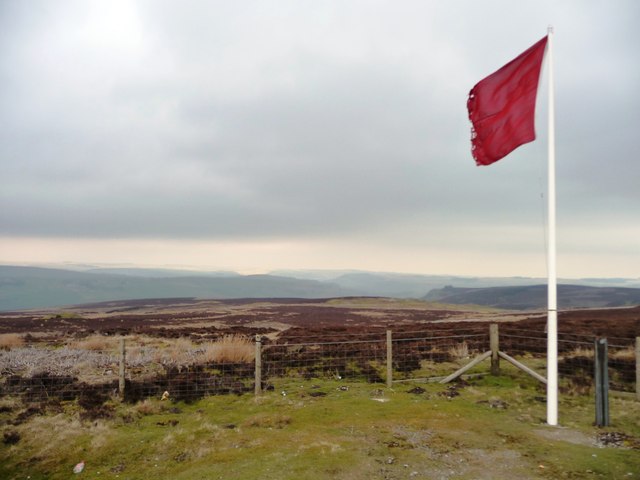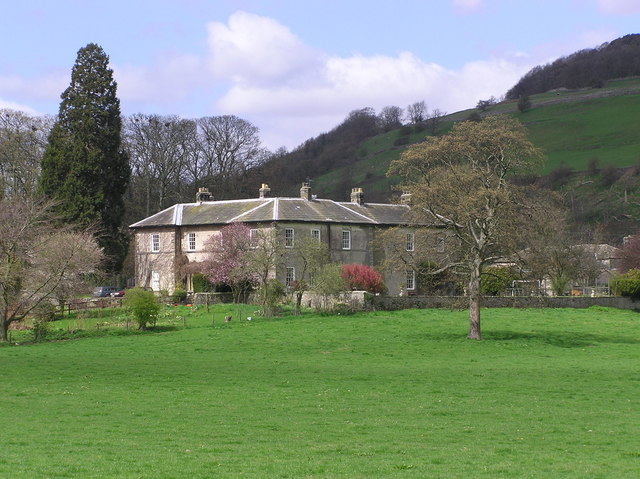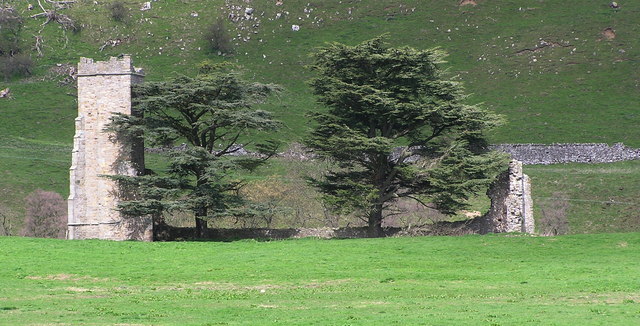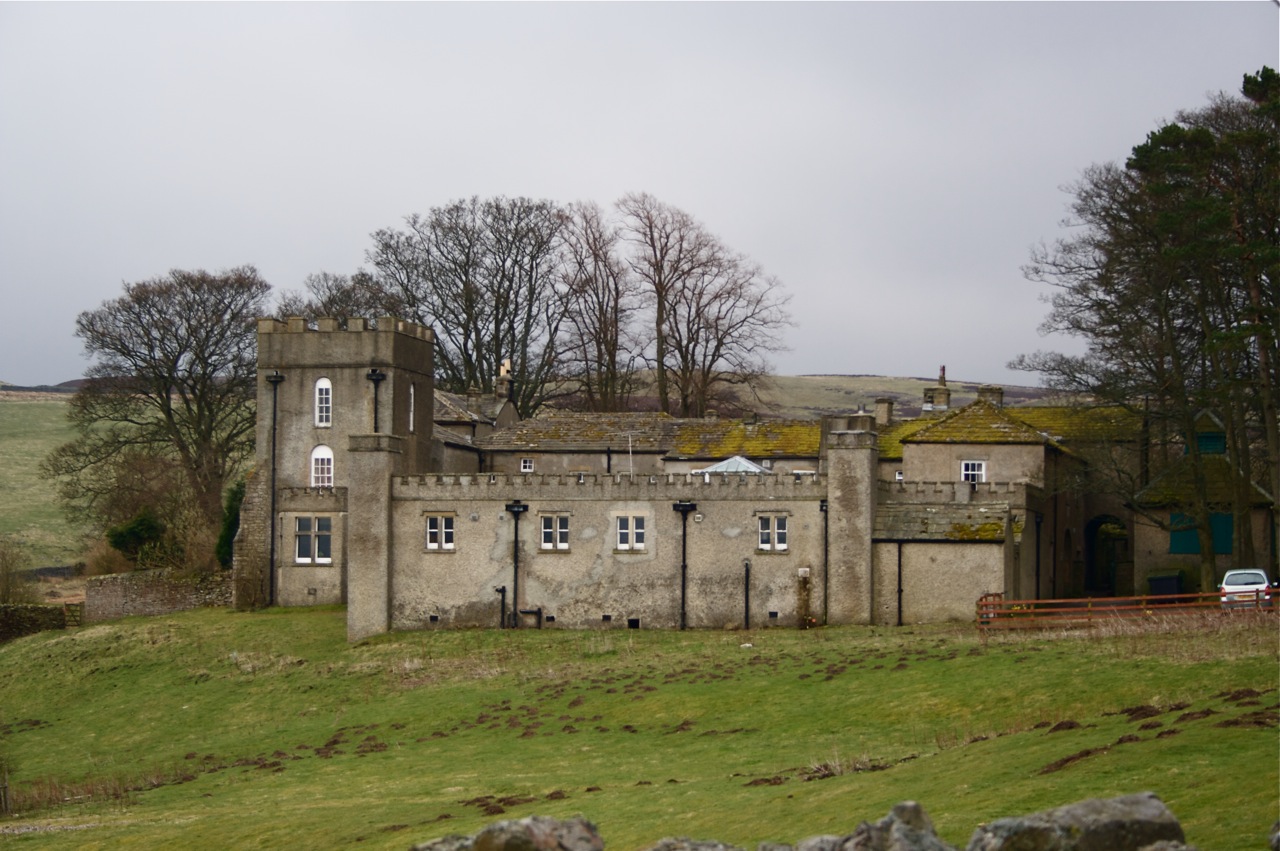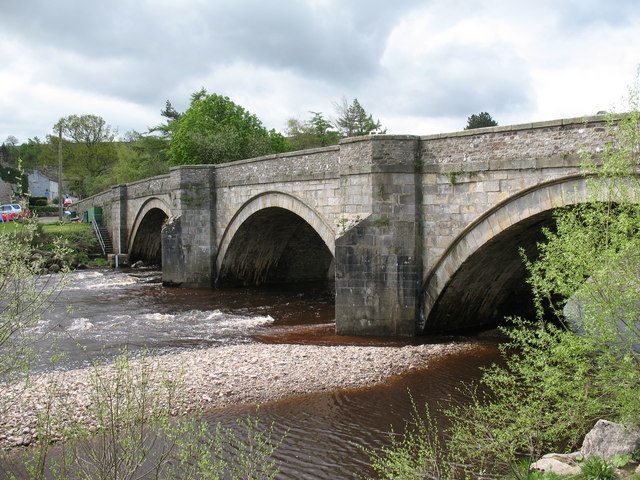Ellerton Abbey
Civil Parish in Yorkshire Richmondshire
England
Ellerton Abbey

Ellerton Abbey is a quaint civil parish located in the county of Yorkshire, England. Situated in the East Riding of Yorkshire, it is nestled on the banks of the River Derwent, providing stunning views and a tranquil atmosphere. The parish is part of the Pocklington Provincial Ward and falls under the jurisdiction of the East Riding of Yorkshire Council.
Ellerton Abbey is primarily known for its historic abbey, which dates back to the 12th century. The abbey ruins stand as a testament to its rich history and architectural significance, attracting visitors from near and far. The site offers a glimpse into the religious and cultural heritage of the region.
The parish itself is relatively small and predominantly rural, with a scattering of traditional stone-built houses and farm buildings. The surrounding countryside is adorned with rolling hills, lush green fields, and picturesque woodlands, making it a haven for nature lovers and outdoor enthusiasts.
The local community is tight-knit and friendly, reflecting the warmth and hospitality typical of rural Yorkshire. Though small in size, the parish boasts a vibrant social scene, with various community events and activities held throughout the year. This sense of community is further fostered through the presence of a village hall, which serves as a hub for gatherings and celebrations.
Overall, Ellerton Abbey offers a charming escape from the hustle and bustle of modern life, inviting visitors to immerse themselves in its history, natural beauty, and close-knit community.
If you have any feedback on the listing, please let us know in the comments section below.
Ellerton Abbey Images
Images are sourced within 2km of 54.363802/-1.892144 or Grid Reference SE0796. Thanks to Geograph Open Source API. All images are credited.
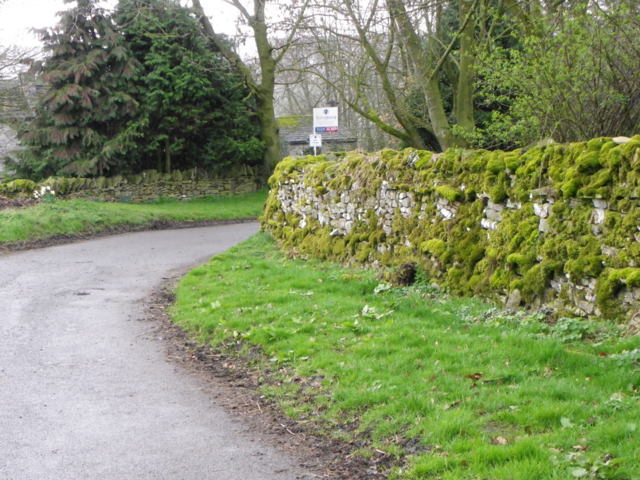
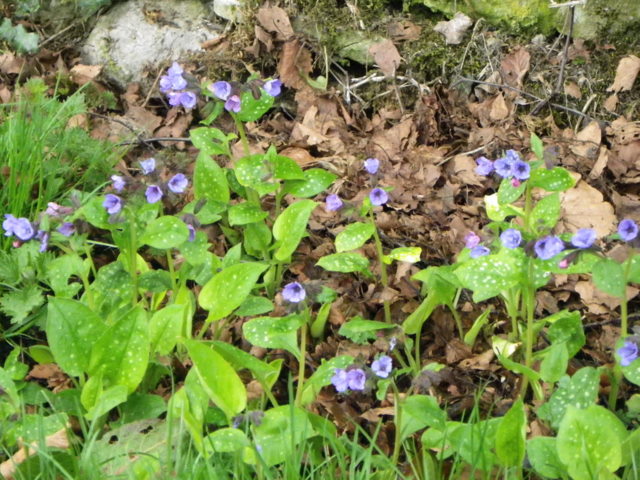
Ellerton Abbey is located at Grid Ref: SE0796 (Lat: 54.363802, Lng: -1.892144)
Division: North Riding
Administrative County: North Yorkshire
District: Richmondshire
Police Authority: North Yorkshire
What 3 Words
///farm.galaxies.unsettled. Near Leyburn, North Yorkshire
Related Wikis
Ellerton Abbey
Ellerton Abbey is a civil parish in the Richmondshire district of North Yorkshire, England. It is located on the River Swale in lower Swaledale, 6 miles...
Ellerton Abbey House
Ellerton Abbey House is an historic building and estate in Ellerton Abbey, North Yorkshire, England. It was built around 1830 for the Fore Erle-Drax family...
Ellerton Priory (Swaledale)
Ellerton Priory was a priory of Cistercian nuns in Swaledale in North Yorkshire, England. Its ruins lie in the civil parish of Ellerton Abbey. == History... ==
Marrick Priory
Marrick Priory was a Benedictine nunnery in Richmondshire, North Yorkshire, England, established between 1140 and 1160 by Roger de Aske. The parish Church...
Marrick
Marrick is a village and civil parish in the Richmondshire district of North Yorkshire, England, situated in lower Swaledale in the Yorkshire Dales National...
Grinton Smelt Mill
Grinton Smelt Mill (also known as How Mill) is a ruined lead mining and processing site on Cogden Moor, south of Grinton in Swaledale, North Yorkshire...
Grinton Lodge
Grinton Lodge is a 19th-century former shooting lodge that has been a youth hostel since 1948. A Grade II listed building, it is situated above the village...
Grinton
Grinton is a small village and civil parish in the Yorkshire Dales, North Yorkshire, England. Close to Reeth and Fremington, it lies 9 miles (15 km) west...
Nearby Amenities
Located within 500m of 54.363802,-1.892144Have you been to Ellerton Abbey?
Leave your review of Ellerton Abbey below (or comments, questions and feedback).
